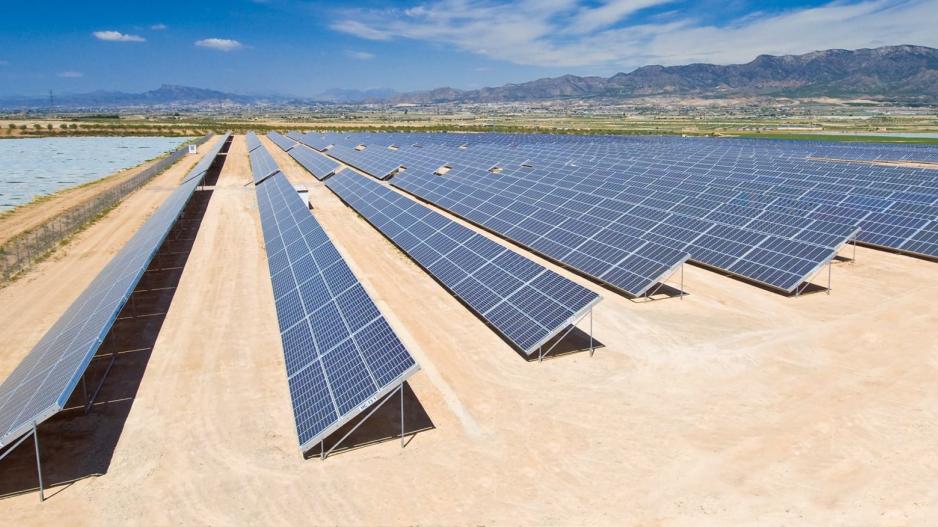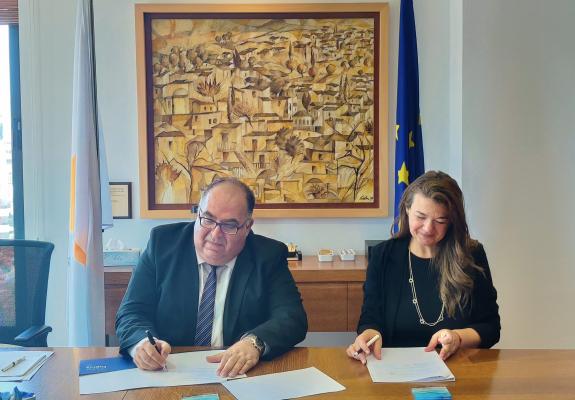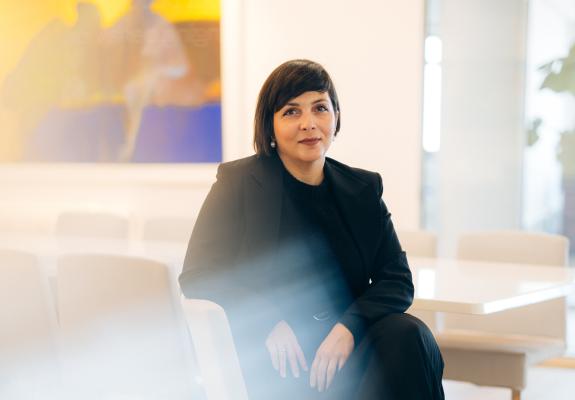Discussions Begin for Solar Park in the Buffer Zone
An Independent Scientific Assessment of Available Options Forms the Basis on Which the Two Communities Can Discuss Key Aspects of the Project
The results of the preliminary feasibility study for the establishment of a bicommunal photovoltaic park for electricity production were discussed by the Director-General for Structural Reform Support at the European Commission, Mario Nava, with representatives of the two communities. Both sides are expected to start discussions in order to reach an agreement to advance the project.
The preliminary study envisages the creation of a 36 MW solar power station in the buffer zone, which will utilize photovoltaic panels and storage batteries with a three-hour storage capacity. As noted in a European Commission announcement, an independent scientific assessment of available options forms the basis on which the two communities can discuss key aspects of the project. This includes the precise location, proposed technological and technical solutions, investment funding, and methods for sharing the produced electricity.
Once an agreement on the next steps is reached, the Commission states it is ready to provide support for the preparation and announcement of an international competition for the design and construction of the solar power station. "This project has enormous potential," Mr. Nava said in a written statement. "It can bring the two communities closer together, promote further energy sector cooperation, and contribute to achieving the goals of the EU's Green Deal."
"This initiative comes at a time when a new United Nations envoy is seeking common ground between the two communities. I urge the communities to agree on all the details as soon as possible, so the project can move to the next phase," he emphasized. According to the announcement, the creation of a storage facility will be an innovation for Cyprus, contributing to better utilization of solar energy beyond sunlight hours.
The Commission notes that if an agreement is reached between the communities, the project could be a significant confidence-building measure. It would enhance bicommunal cooperation in the energy sector and the implementation of the green transition in electrical systems in both communities. The project, it is added, could also become a model for further investments in solar energy projects and catalyze sustainable development initiatives in the region.






